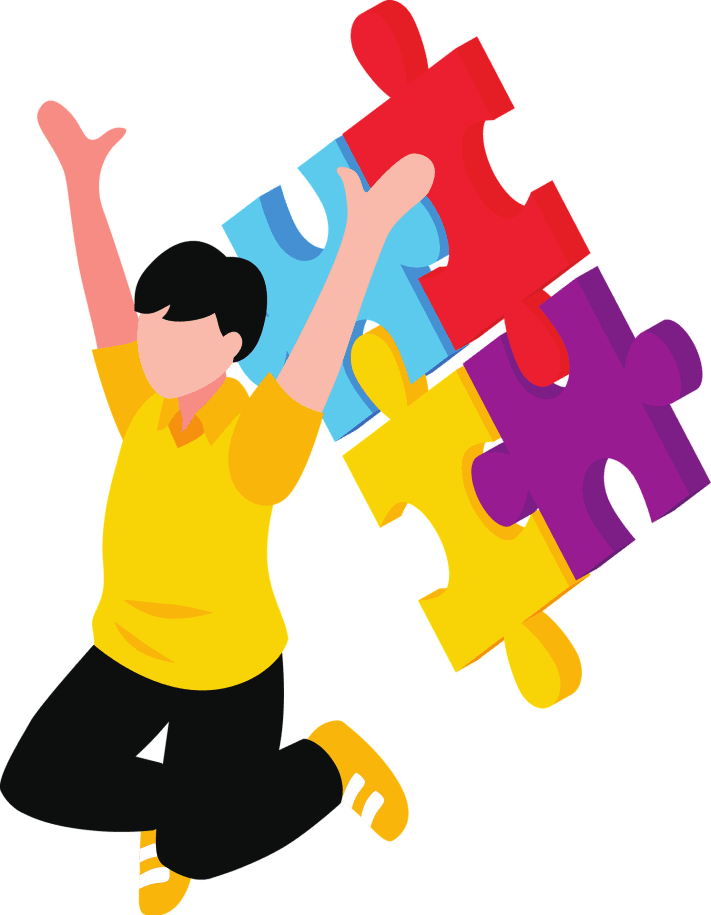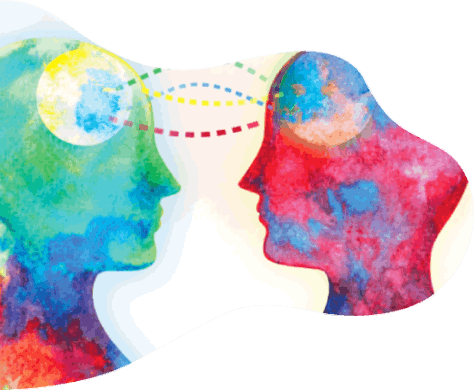
A Key to Connect...
Achieving empathy and communication by connecting with cognitively challenged adults

Achieving empathy and communication by connecting with cognitively challenged adults
During the last decades, there have been many studies regarding empathy a how to emotionally connect with people with cognitive challenges including the role of mirror neurons and mimicking exercise play in it.
Since 1992, when the existence of mirror neurons in the ventral premotor cortex ( part of the brain that has been implicated in motor vocabularies in both speech and manual gestures) of the macaque monkey was discovered, several hypotheses began to emerge about the functions of these neurons, one of them being the role that these neurons play with empathy.
Many studies link mirror neurons to understanding goals and intentions. Fogassi (2005) recorded in two rhesus macaques the activity of 41 mirror neurons in the inferior parietal lobe. This part of the brain has long been recognized as an association cortex that integrates sensory information. The monkeys watched an experimenter either grasp an apple and bring it to his mouth or grasp an object and place it in a cup.

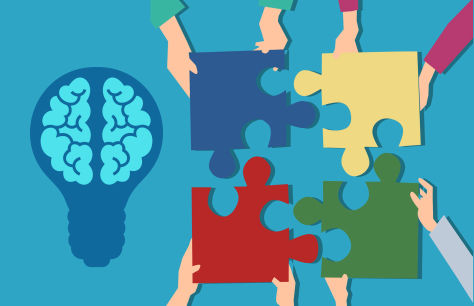
A large number of experiments using fMRI, electroencephalography (EEG), and magnetoencephalography (MEG) have shown that certain brain regions (in particular the anterior insula, anterior cingulate cortex, and inferior frontal cortex, parts of the brain that are linked to empathy, emotions, and language) are active when people experience an emotion (disgust, happiness, pain, etc.) and when they see another person experiencing emotions.
Social psychology studies have demonstrated that imitation and mimicry are pervasive, automatic, and facilitate empathy. Neuroscience investigations have demonstrated physiological mechanisms of mirroring at single-cells and neural-system levels that support the cognitive and social-psychological constructs.
Although this issue is still under debate, in my personal experience using these principles of imitation and "mirror neuron stimulation" within an environment with controlled stimuli such as Multisensory rooms, allowed me to create a channel of communication and open a door to connect with patients with neurodevelopmental disabilities with profound intellectual disability and patients with autism also with intellectual disabilities, most of them non-verbal and another group that before the interventions only expressed themselves with words but out of context. In addition, they didn't present any type of significant reaction to external stimulation or to interact with other people.
Through imitation of stereotypies (repetitive movements presented in patients with ASD) characteristics of each patient, which Julia Bascom in her investigation, affirms are a part of their personality; and combine the controlled environment of external stimuli. The patients began to establish little by little eye contact that increase progressively, many of them who reject physical contact, began to allow me to hold their hands and sometime later to seek attention through contact.
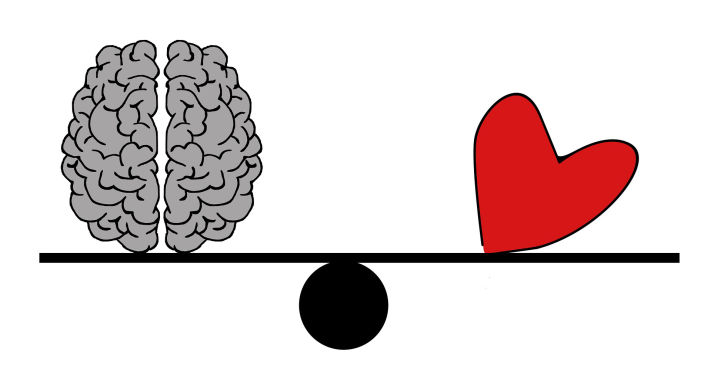
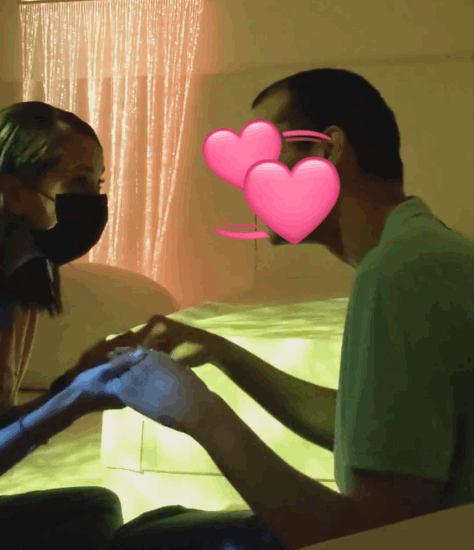
The success of these interventions has a positive result for all patients. Some of them began to express themselves verbally as the sessions progressed, they began to answer simple questions according to the context and make requests such as if they wanted something to drink or listen to music. Others, due to their low functional level, were not able to express themselves verbally but began to establish more eye and physical contact and smile when some type of game was played or when someone interacted with them.
Through this type of interaction little by little I got to know the individual language of each patient; gestures, noises in the case of non-verbal patients, and movements that indicated: anxiety, anger, joy, calm, etc. With this, a more effective communication path was created with them and it allowed me to know which type of activities, games, or interactions were more appropriate to work with each of them.
This channel to understand the individual language of each patient and the sense of empathy between the patient and the professional, allowed me not only to work on areas such as language, eye contact, or games for cognitive stimulation (through an iPad) but also being able to work more effectively on my physiotherapy treatment goals in motor functions, such as walking, balance, etc, in patients with physical impairments.
For the first time, non-verbal patients who were unable to interact effectively in physical therapy treatments began to express emotions and concentrate during the sessions, which allowed progress not just in an interpersonal relationship level but also in their motor skills.
It is important to mention that after approximately 2 months of individual sessions, the patients began to show changes in their behavior also outside the treatments, there was more participation within their work groups, and the patients who began to express themselves verbally also did so outside the treatment, and we even get some feedback from one of the parents who tell us that her son was now happier and calmer at home and excited to his daily bus ride to the treatment center which used to cause anxiety in the past.
06/2022
